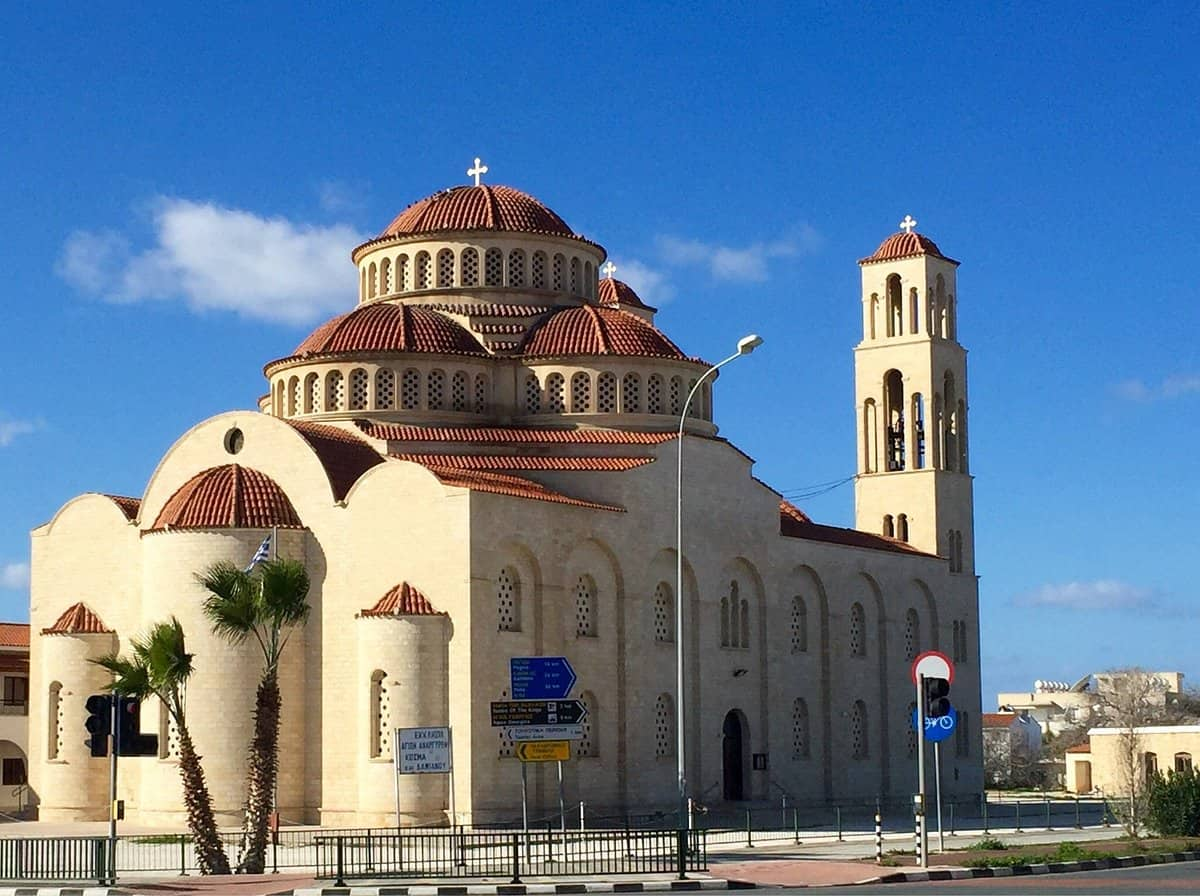History, culture, and faith are the most important elements that shape the spirit of a region. Fethiye and its surroundings possess a rich heritage that embodies these elements together. The places of worship in the region are not only religious structures; they are also cultural treasures that carry traces of the past to the present. In this article, we will examine in detail the history, architecture, and experiences offered to visitors, particularly the Church of St. Anargyroi, of Fethiye.
The Church of St. Anargyroi: Its History and Significance
The Church of St. Anargyroi is one of Fethiye’s most striking historical structures. Shaped by the influence of Ottoman and Greek cultures, the church bears witness to the rich history of the region. Named after St. Anargyroi, the Christian god of healing, it has long been used for worship by the local people.
Architecturally simple yet impressive, the church stands out with its stonework and woodwork. The frescoes and icons within the structure are of great religious and artistic value. Restoration work has been carried out at various times throughout its history, ensuring its preservation to the present day. Visitors have the opportunity to closely observe the lifestyle and religious rituals of past centuries while visiting the church.
Architectural Features of the Church
The architecture of the St. Anargyroi Church combines the traditional stonework of the region with the typical characteristics of Christian places of worship. The exterior of the church, enclosed by solid stone walls, offers visitors both a historical and aesthetic experience. The interior boasts a wealth of striking details, with wooden ceilings, frescoes, and icons.
The church’s apse, iconostasis, and altar sections are designed in accordance with Christian worship rituals. The colors and motifs used in the frescoes, in particular, reflect the artistic understanding of the period. In this respect, the church can be considered not only a religious center but also a temple of art and culture.
Other Historical Places of Worship in Fethiye
Fethiye is notable not only for the St. Anargyroi Church but also for its many historical places of worship. Other churches, mosques, and monasteries in the region shed light on different periods of history. For example, the Hagia Nicholas Church offers clues to the region’s pre-Ottoman Christian history.
Similarly, the mosques in Fethiye are architectural examples bearing traces of the Ottoman period. Wooden minarets, stonework, and aesthetic ornamentation demonstrate the importance of mosques as both places of worship and art. These structures have been preserved throughout history to respect diverse faiths and cultures and are now open to visitors.
The Cultural Importance of Places of Worship
The places of worship in Fethiye are not only religious spaces; they are also social and cultural centers. Throughout history, locals have gathered in these spaces, performed their religious rituals, and strengthened social solidarity. In this respect, these places of worship are important parts of social memory.
The Church of St. Anargyroi and other places of worship are also of great importance for the preservation of cultural heritage. Through restoration work and cultural events, these structures are being passed on to future generations. This way, history is preserved and the cultural depth of the region is conveyed to visitors.
Tips for Visitors
When visiting St. Anargyroi Church and other places of worship in Fethiye, it’s important to keep certain points in mind. First and foremost, respect should be exercised, considering the historical and religious significance of the buildings. If photography is planned, attention should be paid to the prayer areas and personal spaces.
Clothing is also an important consideration. It’s recommended that shoulders and knees be covered, especially when visiting mosques and churches. Furthermore, silence should be maintained and any behavior that might disrupt the peace of the place should be avoided. This will both enhance the cultural experience and demonstrate respect for the places of worship.
A Journey into History: The Connection Between Places of Worship
The places of worship in Fethiye are a prime example of the coexistence of different faiths and cultures. St. Anargyroi Church reflects the history of the region’s Christian communities, while the mosques bear the cultural traces of the Ottoman period. The architectural and cultural diversity among these structures sheds light on Fethiye’s rich history.
While visiting places of worship, visitors witness not only religious rituals but also traces of art, history, and social life. This transforms Fethiye beyond being a tourist destination into a cultural experience.
A Stand in Respect for History
The Church of St. Anargyroi and other places of worship in Fethiye are important cultural heritage sites that carry traces of the past to the present. These structures are not only places of worship but also centers of art, history, and culture. Visitors should respect history and culture while exploring these places and meaningfully experience the building.
If you happen to be in Fethiye, you can pay tribute to history by exploring the Church of St. Anargyroi, as well as other places of worship in the region, and establish an unforgettable connection between the past and the present. This visit will nourish your soul and provide an intimate experience of the region’s cultural richness.
